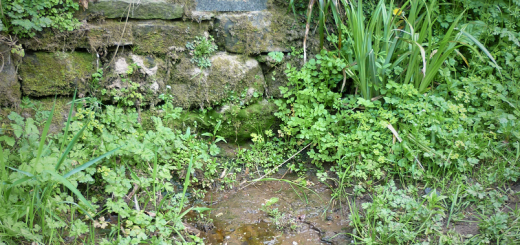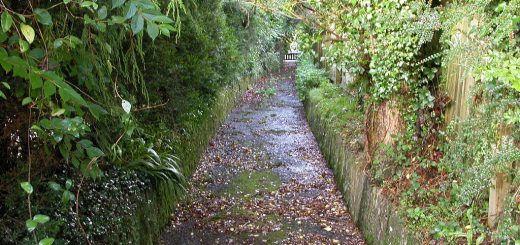Irish Folklore
From Newgrange – a reminder of a great age of monument building and ritual – through to natural wonders such as the Giant’s Causeway, Ireland is a land of legend and mystery. The landscape is full of echoes of history interwoven with a rich mythology that forms an impressive and colourful heritage.
A Mythic History
Ireland has a rich mythical history which is outlined in the Book of Invasions or the Lebor Gabála Erren (dating from the 11th Century) which gives a rich pseudo-historical origin of the people of Ireland and the waves of invasion that went before. Interwoven with biblical references and historical half truths the mythology has been the source of inspiration for poets, authors and artists alike (see Stephen Lawhead, WB Yeats, and the Slainé (2000AD) comics and graphic novels)
According to the narrative the first Invasion was led by Cessair and consisted of a group of 50 women and 3 men, who shared the women between themselves until one died (unsurprisingly) of over exertion. The land was then subjected to the biblical flood and only one of the group survived: Finton – last of the three men – who had hidden in a cave that was not submerged by flood waters. Finton became an immortal of great knowledge and lived on through the successive invasions.
After the flood an outlaw named Partholam led a group of 1,000 colonists, who established farms and settled the land. They did not have an easy conquest however, as they were attacked by the Fomoire (later the Formorians) who were a grotesque race of demons and goblins who became the enemies of all those who tried to colonise the island. Their struggles with the Formorians and a scourge of the plague brought an end to this second phase of invasion.
A group of men and women led by Nemed (The Nemidians) were the next invaders. They managed to defeat the Formorian’s in battle but most of them died of when a plague swept through the population. The survivors spilt into three groups in exile, and returned to claim Ireland back from the Formorians. The first to return were the Fir Bolg. In their exile in Greece they had been subdued into slavery, tasked with moving fertile earth from the lush valleys into the barren sun-baked hills in leather bags. Ingeniously they re-fashioned these bags into boats which they used to escape from their slavery to return to Ireland.
The Firbolg split Ireland into kingdoms and settled the land, but were not to have an easy peace, as another group of the three descendants of the Nemidians were soon to return, these were the Tuatha Dé Dannan (The People of the Goddess Danu). The Tuatha had also been exiled in Greece but had settled in the Northern Islands where they had grown tall and fair and had schooled themselves in magic and science. They brought with them 4 powerful ritual objects to aid their campaign: The Stone of Fal (Lia Fail), the sword of Nuada, The inexhaustible cauldron of Dagda, and the invincible spear of Lug.
Landing at Connought they began to colonise the land defeating both the Formorians and the Fir Bolg at the battle of Mag Tured (sometimes separated into 2 battles).
The final wave of invasions was by a group called the Milesians from whom the Irish are said to be descended. The Milesians came from the Iberian Peninsula; they had decided to invade Ireland after a young man called Ith had seen a distant land from a huge tower that stood to the North of their kingdom. Ith and his family were defeated in battle by the Tuatha Dé Dannan, but another group of Milenesians in turn defeated them in battle. The Tuatha were allowed to stay in Ireland but were forced to live underground, they became the Fairy hosts residing under the mounds and chambered tombs of the ancient races. This invisible world is sometimes known as Tír Na Nog, or the Land of the Young.
This is a brief outline of the book of invasions and only touches on the many characters and beings of Irish folklore, which you will find in greater detail within this site.




Recent Comments